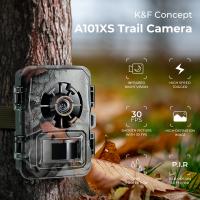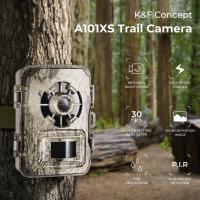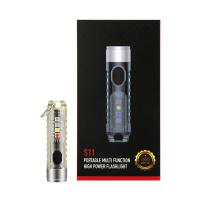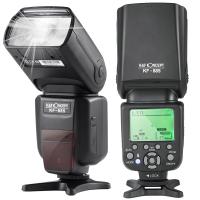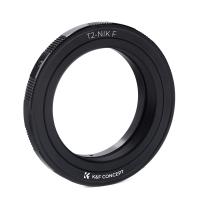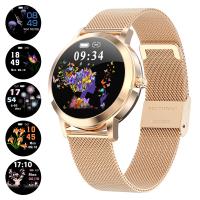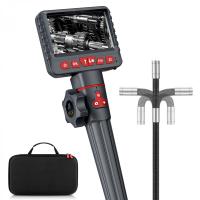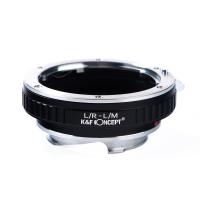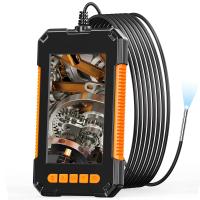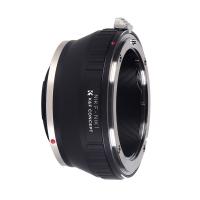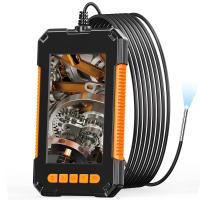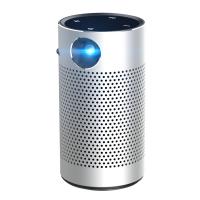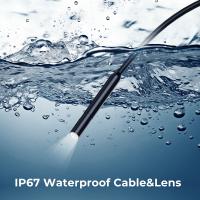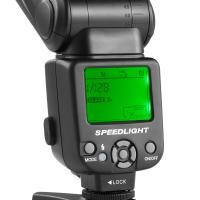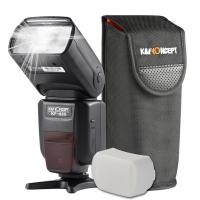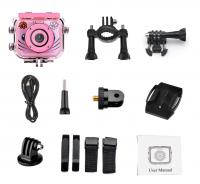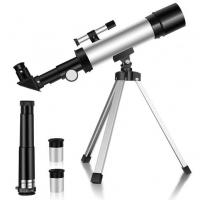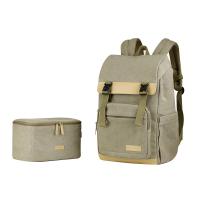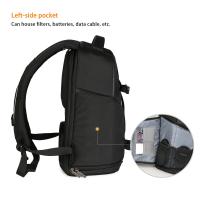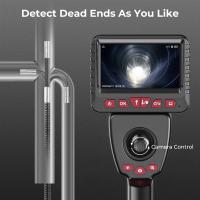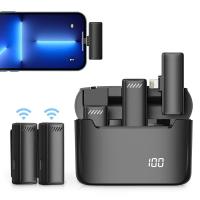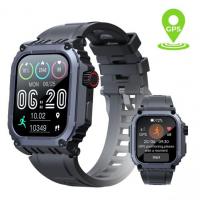How Many Lumens Is A Camera Flash?
When it comes to photography, one of the most critical aspects that can make or break a shot is lighting. Among the various lighting tools available to photographers, the camera flash stands out as a versatile and essential piece of equipment. However, understanding the technical specifications of a camera flash, particularly its brightness measured in lumens, can be somewhat perplexing. This article aims to demystify the concept of lumens in relation to camera flashes, providing a comprehensive guide to help photographers make informed decisions.
Understanding Lumens and Camera Flash
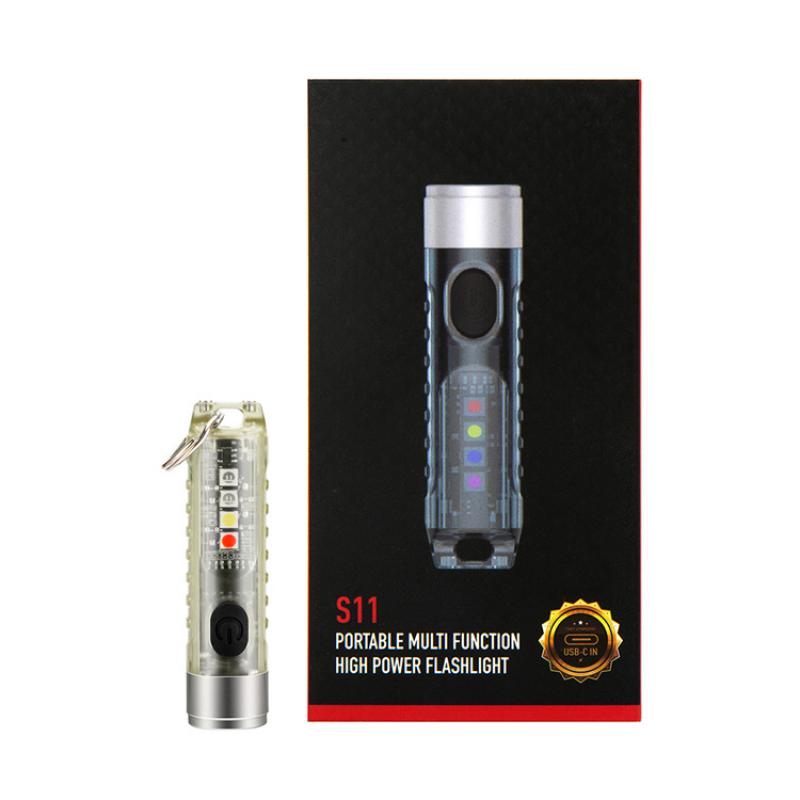
Lumens are a unit of measurement that quantify the amount of visible light emitted by a source. In simpler terms, lumens measure the brightness of a light source. When it comes to camera flashes, the brightness is a crucial factor because it directly impacts the quality of the photographs, especially in low-light conditions.
A camera flash typically emits a very brief but intense burst of light. The duration of this burst is usually in the range of milliseconds, which is why the concept of lumens can be a bit tricky to apply directly. However, understanding the lumen output of a flash can give photographers a better idea of its power and effectiveness.
Typical Lumen Output of Camera Flashes

The lumen output of camera flashes can vary widely depending on the type and model. Here are some general ranges:
1. Built-in Flashes: These are the flashes that come integrated into the camera body. They are generally less powerful, with lumen outputs ranging from 50 to 200 lumens. Built-in flashes are suitable for casual photography and close-up shots but may not be sufficient for more demanding lighting conditions.
2. External Speedlights: These are more powerful and versatile than built-in flashes. External speedlights can have lumen outputs ranging from 200 to 1,000 lumens or more. They are ideal for a wide range of photography scenarios, including portrait, event, and outdoor photography.
3. Studio Strobes: These are the most powerful type of camera flashes, often used in professional studio settings. Studio strobes can have lumen outputs ranging from 1,000 to 10,000 lumens or even higher. They provide ample light for large setups and are essential for high-quality studio photography.
Factors Affecting Lumen Output
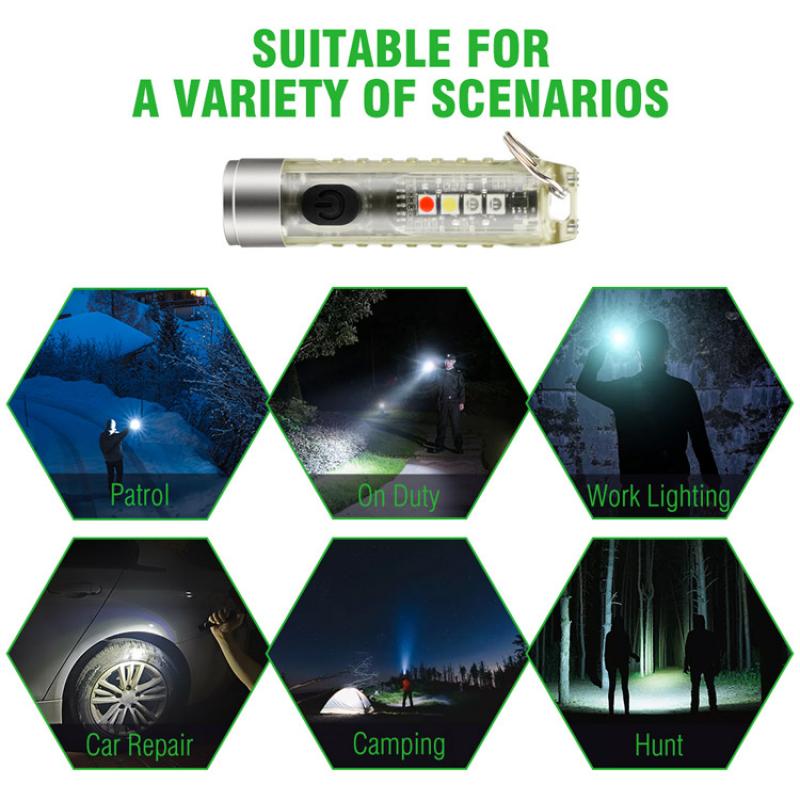
Several factors can influence the lumen output of a camera flash:
1. Power Settings: Many external flashes and studio strobes come with adjustable power settings. Lowering the power setting will reduce the lumen output, while increasing it will boost the brightness.
2. Modifiers: Light modifiers such as diffusers, softboxes, and reflectors can affect the effective lumen output. While these tools help soften and spread the light, they can also reduce the overall brightness.
3. Battery Life: The power source of the flash can impact its performance. As the battery depletes, the flash may not be able to produce its maximum lumen output consistently.
4. Flash Duration: The duration of the flash burst can also play a role. A shorter burst may result in a higher peak lumen output, while a longer burst may spread the light over a more extended period, reducing the peak brightness.
Practical Applications and Considerations
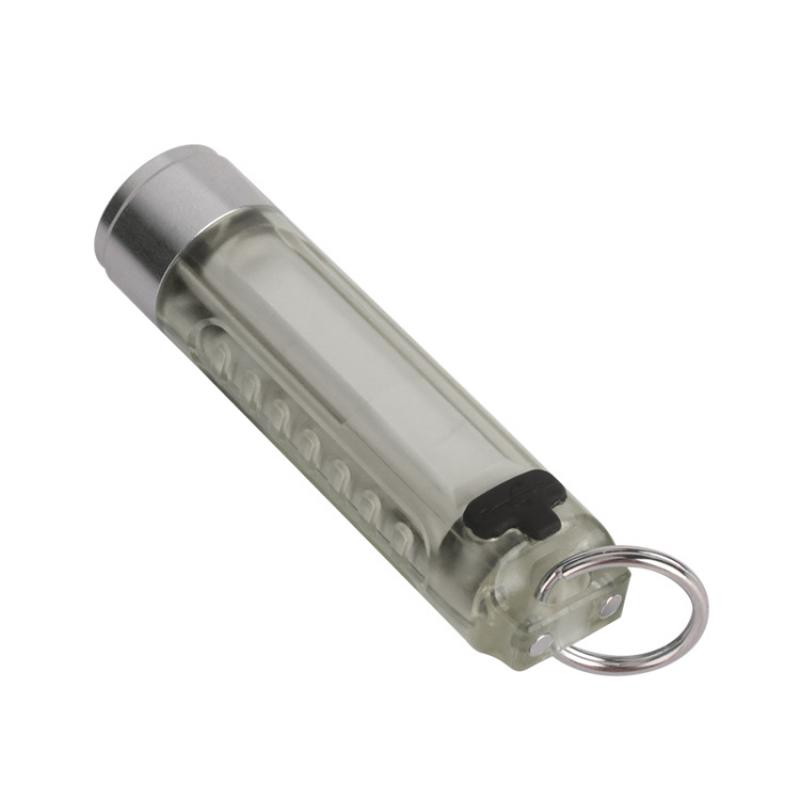
Understanding the lumen output of a camera flash is essential for various practical applications:
1. Low-Light Photography: In low-light conditions, a higher lumen output can help illuminate the subject more effectively, resulting in clearer and more detailed photographs.
2. Action Shots: For capturing fast-moving subjects, a powerful flash with a high lumen output can freeze the action, reducing motion blur and ensuring sharp images.
3. Portrait Photography: In portrait photography, controlling the lumen output allows photographers to achieve the desired lighting effect, whether it's a soft, diffused light or a more dramatic, high-contrast look.
4. Event Photography: During events such as weddings or parties, a versatile flash with adjustable lumen output can adapt to different lighting conditions, ensuring consistent and high-quality shots throughout the event.
Choosing the Right Flash
When selecting a camera flash, consider the following factors:
1. Purpose: Determine the primary use of the flash. For casual photography, a built-in flash may suffice. For more demanding scenarios, an external speedlight or studio strobe may be necessary.
2. Compatibility: Ensure that the flash is compatible with your camera model. Some flashes are designed specifically for certain camera brands and may not work with others.
3. Budget: Camera flashes come in a wide range of prices. Set a budget and look for a flash that offers the best balance of features and performance within that range.
4. Features: Look for additional features such as adjustable power settings, wireless triggering, and compatibility with light modifiers. These features can enhance the versatility and usability of the flash.
In conclusion, understanding the lumen output of a camera flash is crucial for photographers looking to improve their lighting techniques. Whether you're a casual photographer or a professional, knowing how many lumens your flash can produce and how to control it can significantly impact the quality of your photographs. By considering factors such as power settings, light modifiers, and practical applications, you can make informed decisions and choose the right flash for your needs. With the right equipment and knowledge, you can master the art of lighting and take your photography to the next level.



